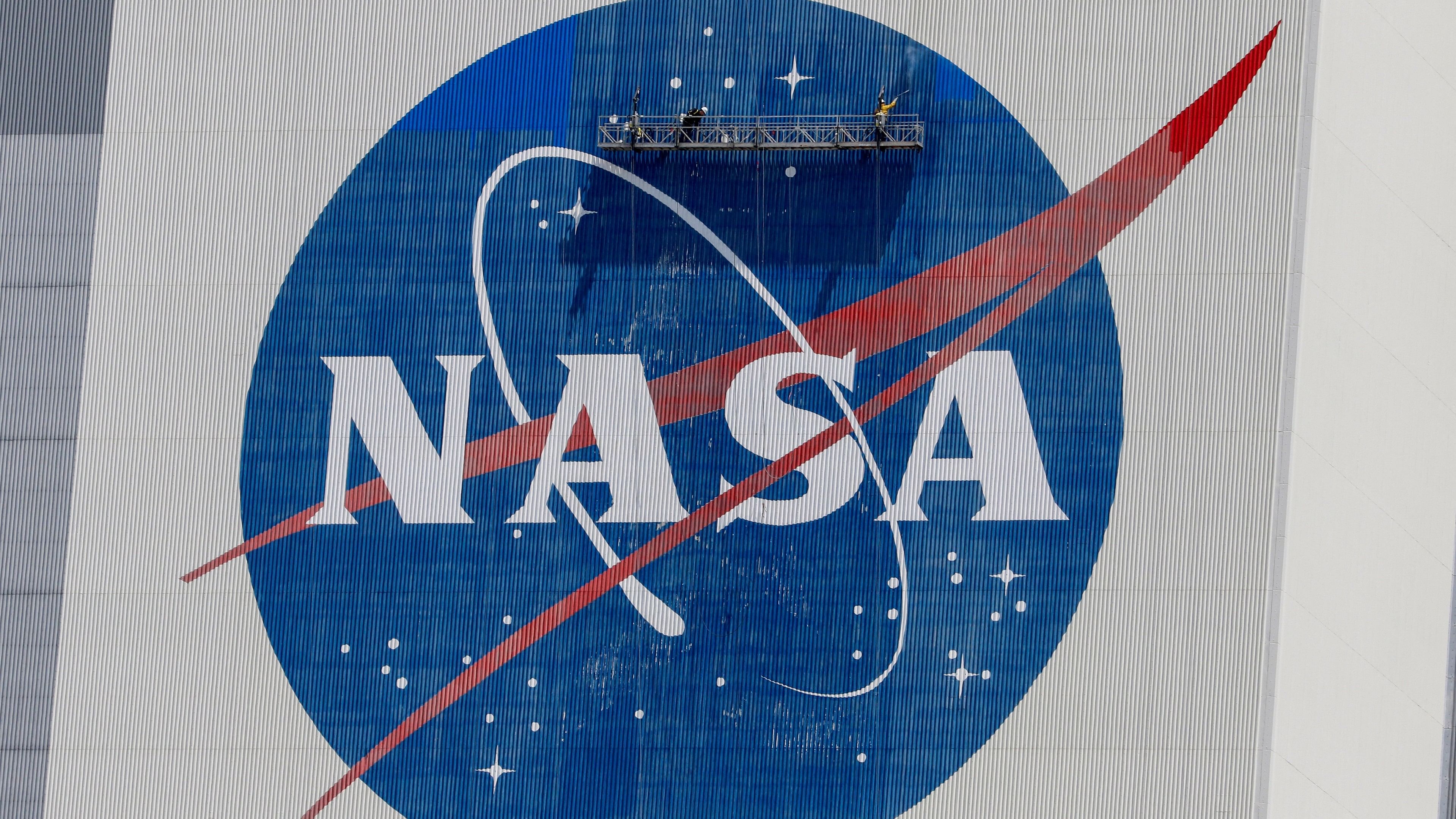
Workers pressure wash the logo of NASA
Credit: Reuters Photo
Kathmandu: The International Centre for Integrated Mountain Development here is collaborating with NASA and the United States Agency for International Development to leverage space technology to monitor air quality and develop solutions to combat air pollution in the Hindu Kush Himalayan region.
A two-day programme, featuring experts from the ICIMOD and NASA’s Applied Science Team and SERVIR Science Coordination Office will train stakeholders across the region in the area of using satellite data, including GK2-AMI Aerosol Optical Depth (AOD) data, for monitoring air quality.
“Regular and long-term monitoring of air quality is extremely important to improve air quality in a region which is currently one of the most polluted in the world,” Bhupesh Adhikary, senior air quality specialist at ICIMOD, said.
The training will feature multi-satellite blended products, addressing issues like cloud cover, emphasising blending multi-satellite data for wider coverage and assimilating it into forecasting models.
Participants will learn to assimilate satellite data into air quality forecasting models, providing up to 48-hour forecasts for South Asia and higher resolution forecasts for Hindu Kush Himalayan countries, according to a press release issued by the ICIMOD.
“Poor air quality affects our daily lives. SERVIR’s efforts will contribute to early interventions and policy actions,” said Birendra Bajracharya, chief of the party of SERVIR-HKH.
Around 30 participants from universities, government agencies, and development organisations across South Asia including Bangladesh, Bhutan, India, Nepal, and Pakistan will collaborate during the two-day training programme starting from May 9 at the ICIMOD headquarters here.
The training aims to develop solutions to combat air pollution in the Hindu Kush Himalayan region.